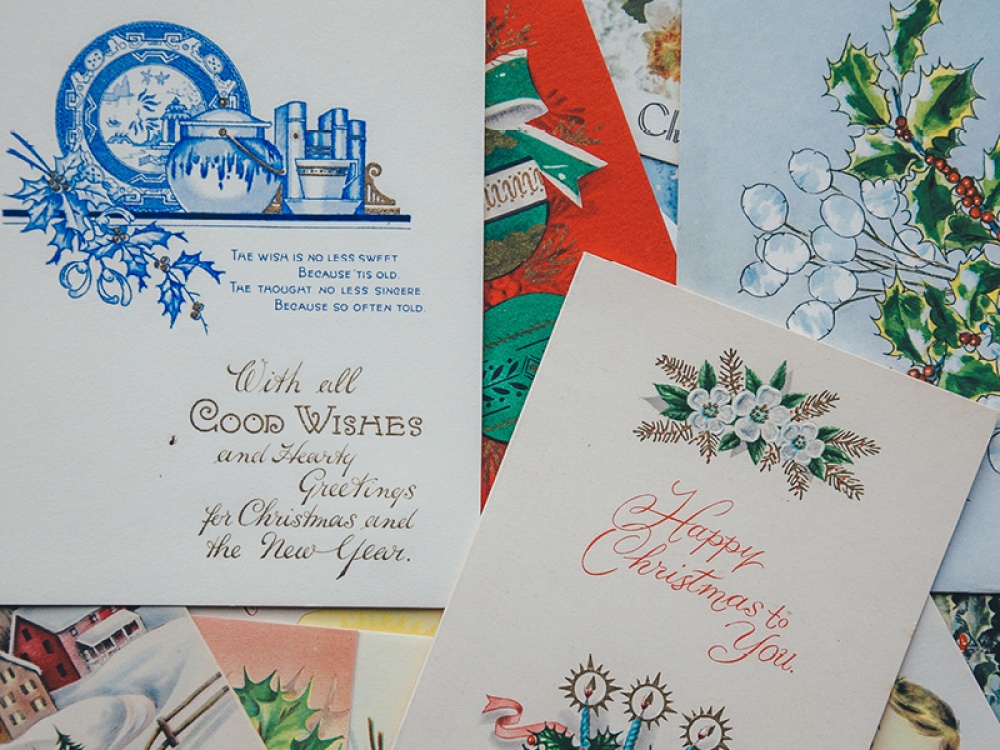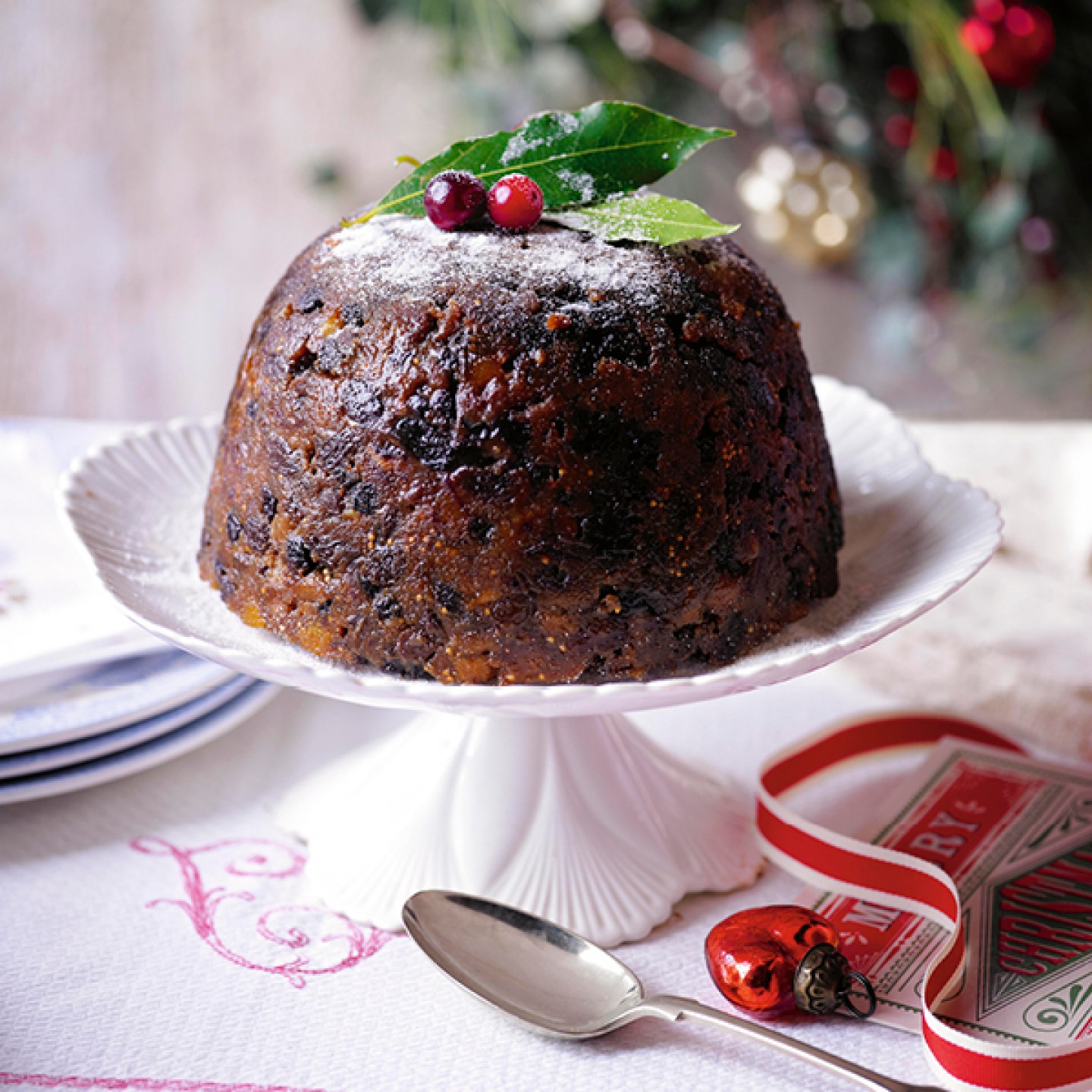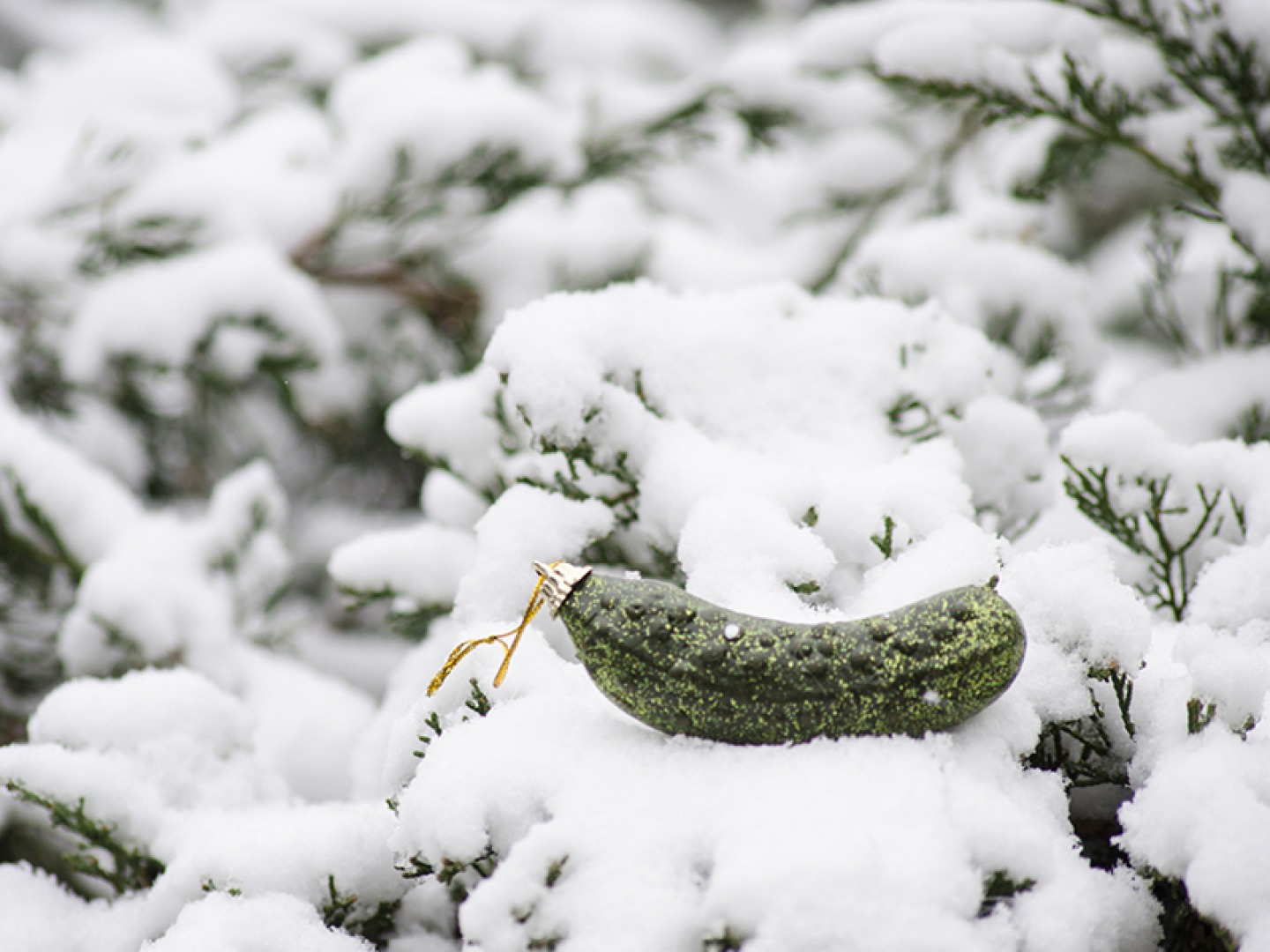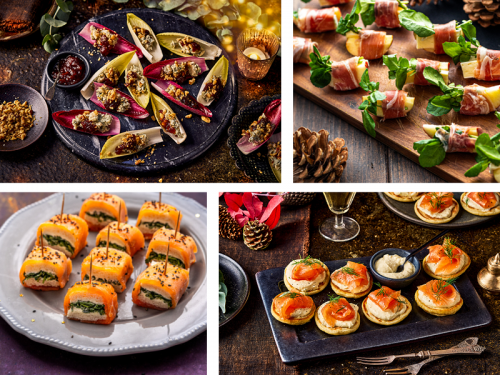Christmas Traditions from Near and Far

Last Christams we did exactly what we're going to do again this year, and next year, and the year after that
Uncontroversial statement ahoy: the British love tradition. From afternoon tea to Sunday lunch, Test Match Special, tidy queues and archaic political systems – we just don’t like to let go. At Christmas, perhaps more so than any other time of year, we cling onto our traditions for dear life. Where would we be without them?



Pantomimes
We love a good panto in the UK! Oh no we don’t – oh yes we do! Right, that’s enough of that. The British idea of family friendly festive entertainment involves sing-alongs, shoehorned jokes about current events, cross-dressing and lots and lots of booing. Perfect.
Bad jumpers (accidental)
Your granny has spent the past year knitting her fingers to the bone by candlelight to make you a truly terrible jumper, so you’ll darn-well wear it for the whole of Christmas Day without complaint thank-you-very-much.
Bad jumpers (deliberate)
A relatively recent innovation, but one which the British public has taken to their collective heart with gusto. Our personal favourites are the light-up ones, which bring a mild thrill of danger every time you slop gravy down them. We’ve yet to see anyone actually get electrocuted.
Arguing about whether Christmas dinner should involve Yorkshire puddings
A contentious issue, and we don’t want to cause (further) familial strife at what’s already a challenging time of year. So we’ll just say that no matter how much we love Yorkshire puddings, they have no place on a Christmas dinner and if you think they do you ought to be on some sort of register.
Money in Christmas puddings
The only reason most people would voluntarily eat Christmas pudding is the slim chance of finding something shiny and possibly valuable in it. It’s also fun to set fire to. The exception to this rule is dads, they love Christmas pudding and can’t understand why everyone else hates it.
Stand Pies
Tall pork pies – or stand pies, as we know them – are a must in the centre of any Yorkshire Christmas table. Perfect for snacking on with homemade pickles on Boxing Day.

A Boxing Day dip
From Redcar to Scarborough and beyond, hardy folk up and down the Yorkshire coast brave the North Sea for the ultimate post-Christmas cleanse. The popularity of wild swimming year-round has done nothing but strengthen this tradition in recent years, but it’s not for the faint-hearted.
Boxing Day walks
The whole concept of Boxing Day began in the UK, and it’s now celebrated all over the world. In the UK the ‘celebration’ tends to take the form of more overeating, followed by everyone being bundled into the new coats and scarves they received the day before, and forced into the open air for a trudge. Recently Boxing Day has often been frustratingly mild, meaning everyone ends up slightly overheated in too many layers, and even more fractious than they were upon leaving the house.
Medieval Magic
Nowhere are seriously-old Christmas traditions upheld as they are in Yorkshire – check out the Devil’s Knell on Christmas Eve in Dewsbury (where the church bell tolls once for every year since the birth of Christ, finishing on the stroke of midnight), which is thought to date back to Medieval times. It’s said that a local squire established the tradition in penance for murdering one of his servants (which we’re sure seemed like a fitting punishment at the time).
Another local Christmas quirk is the ‘Poor aud ‘os’ in Richmond – where a man wearing a horse’s head is escorted through the streets by huntsmen, in a tradition thought to date back to the 18th century.
Our traditions may range from the sublime to the ridiculous, but secreting a silver sixpence in an uninspiring pudding is nothing compared with these traditions from around the world.
Rollerskating to mass in Venezuela
Why walk to mass when you could roller-skate? This is apparently the collective thinking in Caracas, the Venezuelan capital, where many streets are closed to allow thousands of worshippers to skate safely to church to celebrate Christmas services.
Hiding a pickle on the Christmas tree in the USA
A decoration shaped like a pickle is hidden on a Christmas tree, and the first child to find the pickle on Christmas morning gets an extra present for being so observant/having the sharpest elbows. There’s some serious confusion about how this one started – is it a perversion of an old German tradition, or simply the work of an over-zealous salesman who got stuck with a load of pickles and found a creative way to sell them?
Our favourite story is that the tradition was started by an American Civil War soldier. Dying in prison, he begged his guard for a pickle, which the guard for some reason was happy to provide. The soldier regained his health, made it home to his family and started hiding a pickle on the Christmas tree each year to remind them all of his good fortune.
The Night of the Radishes in Mexico
The Night of the Radishes, or La Noche de los Rabanos, takes places in the Mexican city of Oaxaca a couple of days before Christmas. Hundreds of competitors take on the challenge of carving detailed sculptures from radishes – fighting for glory, acclaim, and a cash prize. The sculptures are quite often themed around the Christmas story – you really haven’t lived until you’ve seen a nativity scene carved out of a giant Mexican radish.



Throwing shoes in the Czech Republic
A Christmas Eve tradition in the Czech Republic sees single Czech women stand with their backs to the front door and throw a shoe over their shoulder. Custom has it that the way it lands predicts how successful they will be in love that year. If it lands with the toe facing the door then marriage is on the cards. If it’s the heel, it sadly means another year of waiting. Jury’s out on whether this has a better success rate than dating apps.
KFC for Christmas in Japan
There was no Christmas dinner tradition in Japan until one very clever Takeshi Okawara, the manager of Japan’s first KFC, saw a marketing opportunity which has now become a firm family tradition across the country. Overhearing a couple of foreigners in his shop talk about how they missed having turkey for Christmas, Okawara hoped a Christmas dinner of fried chicken might be a suitable substitute so he began marketing a KFC Party Barrel as a way to celebrate the holiday. The marketing plan, Kurisumasu ni wa Kentucky, was adopted nationally in 1974, and now orders for KFC’s special Party Barrel flood in from as early as October and families queue around the block on the big day just to share in a KFC Christmas Barrel.
The Caganer in Spain
We really must apologise for this one – if you’re of a sensitive disposition, look away now. The Caganer, or Defecating Man, is… well, it’s exactly what you’d expect. A small figurine of a man squatting, trousers down, doing a little poo. It’s a popular character in nativity scenes across Catalonia and neighbouring regions, although the Caganer is usually placed a distance away from the manger itself, out of respect. Traditionally depicted as a peasant, things have changed in recent years, and a quick scout around the internet reveals that among the famous faces on the market you can purchase Caganer in the form of various F1 drivers, Gene Simmons from KISS, and even Lionel Messi holding the World Cup (and doing a little poo, of course).
Mouldy birds and seal skin supper in Greenland
Kiviak is considered a delicacy by Greenland’s Inuits. The dish, made from small birds called auks wrapped tightly in seal skin – beaks and feathers and all – is buried and left for months to ferment before being eaten, only when fully decomposed. The taste is said to resemble really strong Gorgonzola, but it’s likely you’ll never turn your nose up at turkey (or Christmas pud) again!










